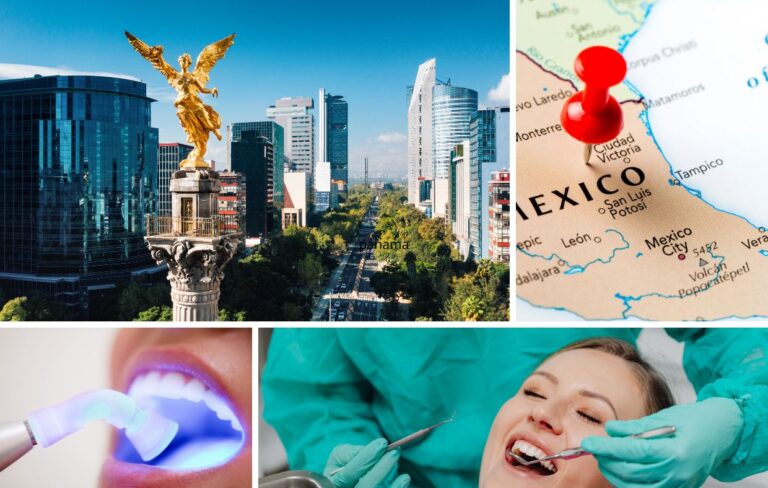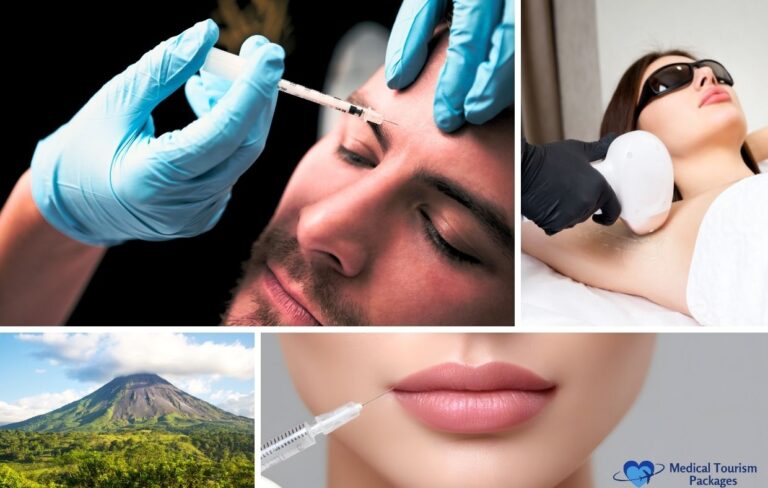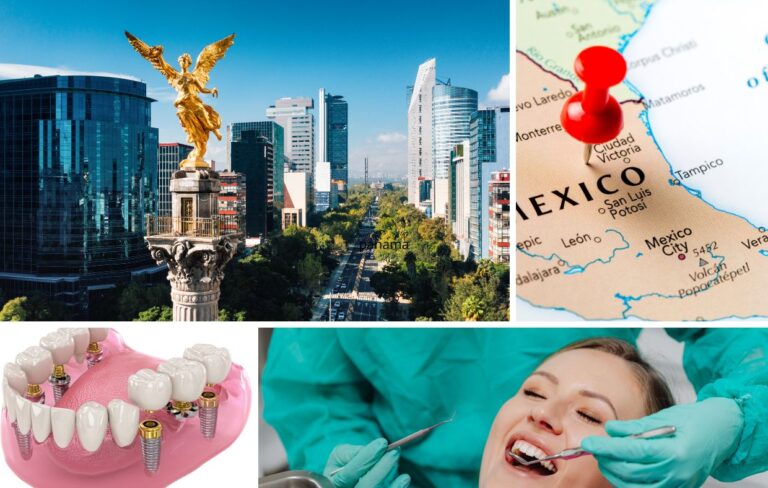Book Appointment Now
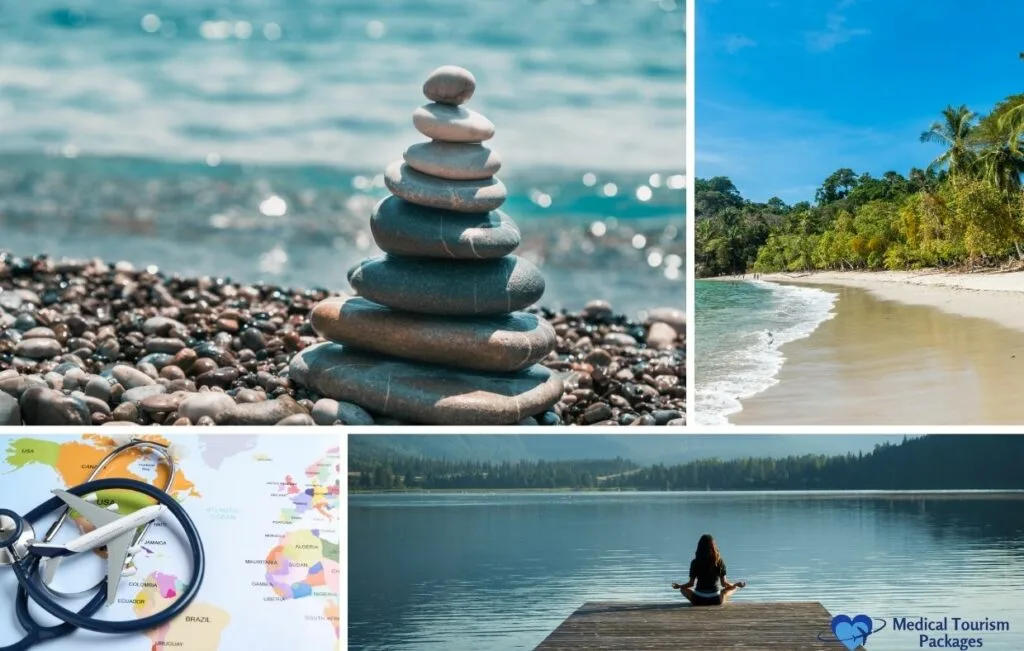
The Difference Between Health Tourism and Medical Tourism: Your Complete Latin America Guide
Every year, approximately 14 million medical tourists travel abroad for healthcare services, contributing to a combined market worth over $800 billion globally. Yet most travelers remain confused about a fundamental distinction: what’s the difference between medical tourism and health tourism?
Here’s the simple answer: Medical tourism involves crossing international borders for diagnosis or treatment of specific medical conditions—surgeries, dental procedures, or specialized treatments at international hospitals. Health tourism (wellness tourism) focuses on prevention and wellbeing through non-invasive services at health resorts, spas, and retreat centers.
This distinction matters because it affects your health insurance coverage, safety protocols, choice of medical facilities, and legal protections. The Medical Tourism Association and other industry bodies emphasize these differences when advising patients. Let’s explore both paths through Latin American countries’ three premier destinations: Colombia, Panama, and Costa Rica.
What Is Medical Tourism?
Medical tourism represents reactive healthcare—patients have medical needs and travel to address them at overseas medical centers. The World Health Organization recognizes it as a growing aspect of global healthcare, where patients cross borders to receive medical procedures ranging from essential surgeries to elective treatments.
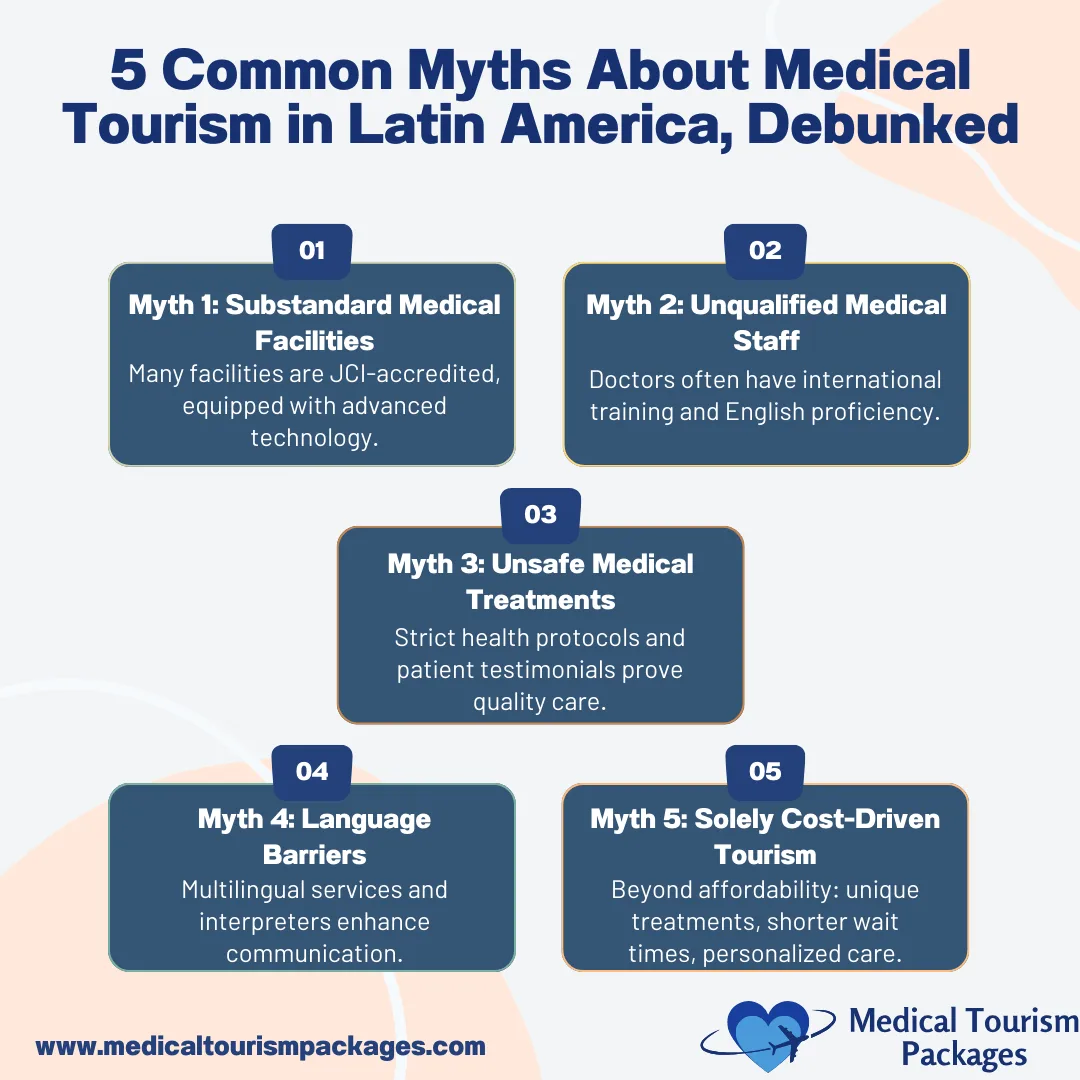
Why Medical Tourists Choose International Healthcare
The primary driver is healthcare costs. Medical procedures in Latin American destinations typically cost 30-70% less than in the United States. But cost savings aren’t the only factor motivating patients:
- Shorter wait times for surgeries compared to countries with public healthcare systems like the United Kingdom
- Access to specialized treatments not available or approved at home
- Higher quality care at JCI-accredited hospitals with international accreditations
- Privacy for sensitive medical interventions
The Medical Tourism Process
Planning international patient travel requires careful coordination with healthcare providers over 2-6 months:
- Research and verification of medical facilities and physician credentials
- Medical consultations and sharing of medical records and patient history
- Cost assessment including surgical procedures, travel, and hospital stays
- Travel arrangements accounting for pre-operative requirements and recovery
- Insurance coordination with insurance companies for medical tourism coverage
- Follow-up care arrangements with home healthcare professionals
Most Common Medical Procedures Abroad
Medical tourists typically seek these treatments at international medical centers:
- Dental care and procedures: Implants, crowns, full-mouth restorations
- Plastic surgery and aesthetic surgeries: Rhinoplasty, breast augmentation, liposuction
- Orthopedic surgeries: Knee and hip replacements, sports injury treatments
- Bariatric surgery: Gastric sleeve, bypass for weight management
- Cardiac surgery: Bypasses, valve replacements at specialized cardiac centers
- Fertility treatments: IVF and reproductive assistance
The Centers for Disease Control and Prevention (CDC) notes that dental work represents the single largest category of medical tourism procedures globally.
What Is Health Tourism?
Health tourists take a proactive approach to wellness enhancement. Unlike medical tourists seeking treatment at hospitals, health tourists visit wellness centers and retreats for prevention and holistic health improvement. The Global Wellness Institute distinguishes this from medical interventions by its focus on lifestyle and prevention.
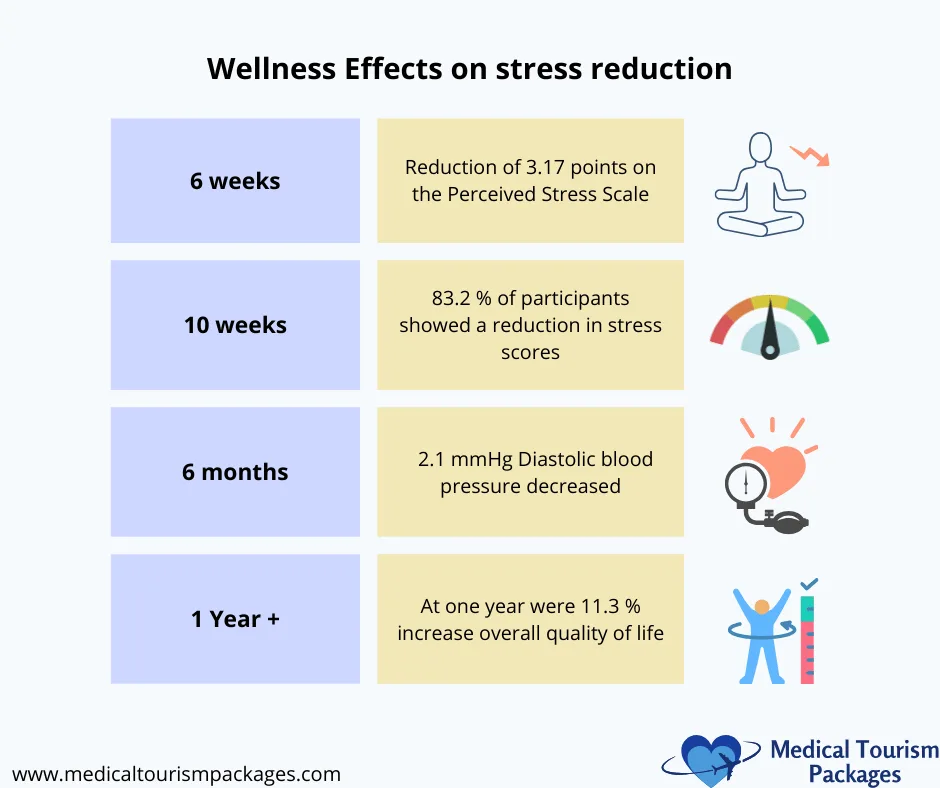
Types of Health Tourism Experiences
The wellness tourism sector offers diverse programs beyond traditional health resorts:
Spa and thermal tourism leverages natural healing resources. Costa Rica’s volcanic hot springs and mineral baths attract health tourists seeking therapeutic benefits without medical procedures.
Retreat-based wellness includes yoga, meditation, and detox programs. These range from luxury resorts to authentic ashrams, focusing on mental health and stress reduction rather than medical treatment.
Fitness and adventure wellness combines physical challenges with natural environments—bootcamps, hiking programs, and surfing camps that improve health without medical intervention.
Preventive health programs like executive medical check-ups use diagnostic tools for early detection. While these occur at medical facilities, they remain wellness-focused rather than treatment-oriented.
The Healthcare Tourism Approach
Health tourism typically requires less advance planning than medical travel. Unlike scheduling surgeries at international hospitals, wellness programs can often be booked weeks in advance. The focus is on experience and prevention rather than treating existing conditions.
Key Differences Between Medical and Health Tourism
| Aspect | Medical Tourism | Health Tourism |
|---|---|---|
| Purpose | Treat medical conditions through procedures | Prevent illness, enhance wellness |
| Services | Surgeries, dental procedures, medical treatments | Spa, yoga, fitness, wellness treatments |
| Providers | Hospitals, surgical centers, medical centers | Resorts, retreat centers, wellness facilities |
| Medical Staff | Licensed physicians, surgeons, medical professionals | Wellness coaches, therapists, fitness instructors |
| Risk Level | Moderate to high (surgical complications) | Low (activity-related) |
| Recovery | Days to weeks post-procedure | Minimal to none |
| Insurance | Specialized medical tourism coverage required | Standard travel insurance sufficient |
| Planning | 2-6 months with medical consultations | Flexible timing |
| Regulations | Ministry of Health, medical boards | Tourism authorities |
| Accreditation | JCI accreditation, hospital certifications | Wellness certifications |
Where Medical and Wellness Tourism Converge
The boundaries between medical and health tourism blur in several areas that challenge traditional healthcare industry categories:
Executive Health Screenings
Comprehensive medical check-ups straddle both categories. They use medical technology at accredited medical facilities but focus on prevention rather than treatment. Healthcare professionals conduct these assessments, but healthy patients seek them proactively rather than reactively.
Recovery Tourism
Many surgical patients now recover in wellness settings after their medical procedures. Picture recuperating from orthopedic surgery at a Costa Rican resort with physical therapy and nutritional guidance. This hybrid approach combines medical care with wellness environments.
Cosmetic Surgery: The Gray Area
Plastic surgery and aesthetic surgeries create particular confusion in the medical tourism market. While motivations align with wellness goals—enhancing appearance and confidence—these remain medical procedures requiring:
- Board-certified surgeons at accredited medical facilities
- Anesthesia and surgical intervention with infection control protocols
- Medical malpractice insurance and complications coverage
- Proper post-operative care from medical staff
The International Society of Aesthetic Plastic Surgery emphasizes that cosmetic procedures are definitively medical tourism, not wellness travel.
Latin American Countries: Dual Excellence in Healthcare Tourism
The region has emerged as a powerhouse for both medical tourists and health tourists, with each country developing unique healthcare market strengths.
Colombia: Advanced Medical Centers and Natural Healing
Colombia’s medical facilities excel in complex procedures with internationally trained healthcare professionals. Six JCI-accredited hospitals serve medical tourists, with the country ranking third globally for plastic surgery procedures on international patients. Medical tourists save 50-80% compared to United States healthcare costs.
Beyond traditional medical centers, Colombia offers exceptional wellness environments. Mountain retreats provide holistic health programs, while the Coffee Triangle’s climate creates perfect recovery settings. Indigenous healing traditions add authentic dimensions to health tourism experiences.
Medical specialties: Cosmetic surgery, cardiac surgery, orthopedic surgeries, oncology
Wellness offerings: Mountain retreats, thermal springs, traditional healing
Panama: American Healthcare Standards in Tropical Settings
Panama minimizes barriers for North American medical tourists with its dollar economy and English-speaking medical staff. Many physicians trained in United States medical schools work at Panama’s international hospitals. Hospital Punta Pacífica’s affiliation with Johns Hopkins Medicine brings renowned protocols to Central America.
The country serves approximately 50,000 medical tourists annually at its modern medical facilities. Beyond medical procedures, Panama offers diverse wellness experiences from island retreats to mountain spas, allowing seamless transitions between medical treatment and wellness recovery.
Medical advantages: Advanced diagnostics, cardiac care, dental procedures
Wellness assets: Island retreats, rainforest lodges, mountain wellness centers
Costa Rica: Integrated Healthcare Tourism Pioneer
Costa Rica pioneered medical tourism in Latin America, naturally evolving to integrate both sectors. The healthcare system combines public and private medical facilities, with two JCI-accredited hospitals serving international patients. Dental care alone attracts 70,000 medical tourists annually.
As a Blue Zone where longevity flourishes, Costa Rica attracts health tourists seeking wellness insights. The country’s “Pura Vida” philosophy influences both medical and wellness approaches, creating unique healthcare tourism experiences.
Medical strengths: Dental procedures, bariatric surgery, orthopedic treatment
Wellness distinction: Blue Zones, volcanic hot springs, eco-wellness retreats
Critical Considerations for Medical and Health Tourists
Health Insurance and Coverage Requirements
Understanding insurance represents the starkest difference between tourism types:
Medical Tourism Insurance
- Standard health insurance plans won’t cover planned procedures abroad
- Insurance companies typically exclude international medical treatments
- Specialized medical tourism insurance covers complications
- Costs typically 5-10% of procedure price
- Includes medical evacuation and extended stay coverage
Health Tourism Insurance
- Regular travel insurance covers most wellness activities
- Health insurance plans don’t typically cover preventive wellness
- Review exclusions for adventure activities
- Wellness facilities require liability waivers
- Trip cancellation coverage recommended
Safety Standards and Quality Markers
For medical tourism at international hospitals, verify:
- Joint Commission International (JCI) accreditation
- Board certifications for medical professionals
- Hospital infection control practices and outcomes data
- English-speaking medical staff or translation services
- Clear protocols for managing complications
- Medical malpractice coverage
For health tourism at wellness facilities, confirm:
- Certified wellness practitioners and instructors
- Established safety protocols for activities
- Hygiene standards at spa and retreat centers
- Transparent pricing for wellness treatments
- Realistic claims about health outcomes
- Emergency medical access if needed
Working with Medical Tourism Facilitators
Medical tourism facilitators help navigate cross-border healthcare complexity. These specialized agencies coordinate between patients, medical centers, and support services. They verify healthcare provider credentials, arrange medical consultations, coordinate logistics, and provide translation services.
The Medical Tourism Association recommends using certified facilitators who maintain relationships with accredited medical facilities and can provide comprehensive support throughout the patient journey.
Financial Planning for Healthcare Travel
Medical tourism costs include:
- Medical procedure fees (with typical 30-70% savings)
- Travel and accommodation expenses
- Companion costs if bringing support
- Medical tourism insurance premiums
- Extended stay contingencies
- Follow-up care with local healthcare professionals
Health tourism typically offers:
- All-inclusive wellness packages
- Predictable program costs
- Optional wellness treatment add-ons
- No hidden medical fees
- Standard cancellation policies
- Group discount opportunities
Making Your Healthcare Tourism Decision
Choose Medical Tourism When:
You have diagnosed medical conditions requiring treatment at medical facilities. The cost savings on medical procedures justify international travel complexity. You’ve verified international accreditations and physician credentials. Your health insurance plan doesn’t cover needed procedures. You have adequate time for medical consultations and recovery.
Choose Health Tourism When:
Your goal is wellness enhancement rather than medical treatment. You want preventive health programs without medical intervention. You’re interested in holistic health approaches unavailable at home. You seek stress reduction and lifestyle improvements. Standard travel insurance provides adequate coverage.
Consider Both When:
You want comprehensive health optimization combining prevention and treatment. Medical procedures benefit from wellness recovery environments. You’re traveling with companions interested in wellness activities. Executive medical check-ups might identify conditions needing treatment.
Practical Steps for Healthcare Travelers
Whether pursuing medical procedures or wellness experiences, success requires preparation:
For Medical Tourism: Begin planning 3-6 months before travel. Obtain medical records and consultation reports. Verify JCI accreditation and physician credentials. Understand total costs including complications. Coordinate with insurance companies about coverage. Arrange follow-up with home healthcare providers.
For Health Tourism: Research wellness programs matching your health goals. Verify practitioner certifications and facility standards. Understand wellness treatment inclusions and exclusions. Prepare physically for planned activities. Set realistic expectations for outcomes. Consider seasonal weather for outdoor programs.
The Future of Cross-Border Healthcare
The distinction between medical and health tourism continues evolving as healthcare becomes increasingly personalized. The American Medical Association notes growing interest in preventive medicine, while the World Health Organization emphasizes wellness in global health strategies.
Advances in medical technology enable earlier detection and intervention. Telemedicine allows international hospitals to provide follow-up care across borders. Some progressive insurance companies now recognize wellness programs as preventive healthcare, potentially covering certain health tourism activities.
Latin American countries lead this evolution with advanced medical facilities, rich wellness traditions, and competitive healthcare costs. As the healthcare industry embraces prevention alongside treatment, destinations offering both medical excellence and wellness experiences position themselves as comprehensive healthcare tourism hubs.
Frequently Asked Questions
Is plastic surgery considered medical or health tourism?
All surgical procedures, including cosmetic and aesthetic surgeries, fall under medical tourism. Even if the motivation is wellness-oriented, these involve accredited medical facilities, real surgical risks, and require proper medical tourism insurance.
How much can medical tourists save on procedures abroad?
Medical tourists can typically save between 30% and 70% compared to U.S. prices. For example, a dental procedure costing $4,000 in the U.S. might be $1,200 in Costa Rica, while knee replacement surgery could save patients $30,000 or more.
Do I need special insurance for medical procedures abroad?
Yes. Standard health insurance and travel insurance generally exclude planned medical procedures. Medical tourists should obtain specialized complications insurance, while health tourists usually only need regular travel coverage unless engaging in extreme activities.
How does international hospital accreditation work?
JCI (Joint Commission International) accreditation is the gold standard for hospitals worldwide. It evaluates over 1,200 standards, including patient safety, infection control, staff credentials, and quality outcomes. Currently, Colombia has six JCI-accredited hospitals, while Costa Rica and Panama each have two.
Will language barriers be a problem at medical centers abroad?
Major international medical facilities have English-speaking staff, and many doctors in Colombia, Panama, and Costa Rica trained in U.S. medical schools. Professional medical tourism facilitators can also arrange translation services when needed.
Can medical tourists bring companions during treatment?
Yes. Most facilities welcome companions and may offer special rates for accompanying family members. Companions can enjoy wellness activities while the patient undergoes treatment, making destinations in Latin America ideal for combined trips.
Ready to explore your healthcare tourism options? Schedule a free consultation →

